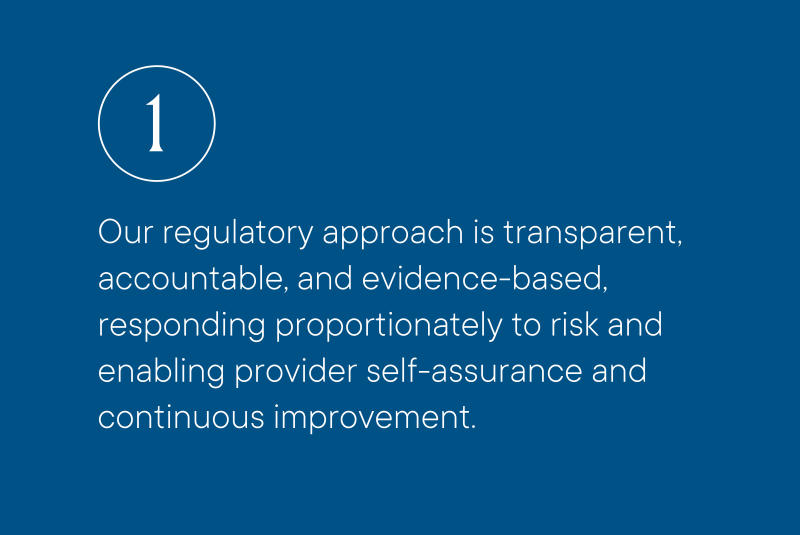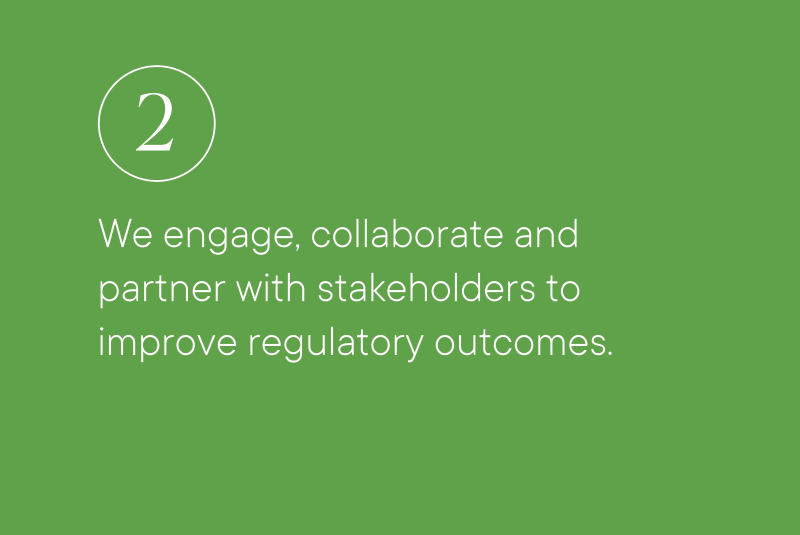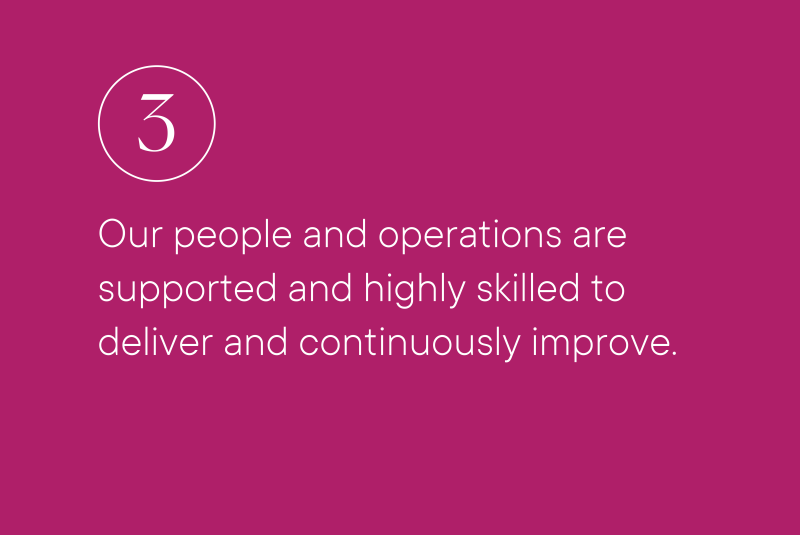- Home
- About us
- Reporting and accountability
- Corporate Plan
Corporate Plan
ASQA’s Corporate Plan 2025-26 was published on 12 August 2025.
The Corporate Plan 2025-26 sets out how we will respond to the evolving risks and challenges across the vocational education and training (VET) sector.
ASQA has a dual mandate to ensure quality and protect the integrity of the VET sector. We provide education and guidance, including through performance assessments, to support providers to deliver quality VET. We also analyse information and intelligence to ensure we are responsive to threats to the integrity of the sector, including to take swift action against non-genuine providers.
Our Corporate Plan 2025-26 includes refreshed strategic objectives, which have been streamlined from five to three. It also includes information about our purpose and role, and the key activities we will undertake to ahieve our strategic objectives.
Strategic objectives

Key activities
- Supporting uplift in the capability and capacity of the sector to deliver high-quality training and assessment, including by supporting the sector’s transition to the revised Standards for RTOs
- Maturing our regulatory approach to provider risk through targeted risk-based strategies and differentiating our regulatory supervision, including in the use of our regulatory powers
- Protecting the integrity of the VET sector through all our regulatory activities and ongoing work in our Integrity Unit, the operation of our Tip-off line, and through increased scrutiny of those seeking to enter the VET market
- Maturing our approach to the regulation of the delivery of Australian VET offshore
- Monitoring and responding to the international VET sector’s adjustment to sustainability measures, including support for affected students.

Key activities:
- Strengthening collaboration and enhancing operations and feedback loops across all jurisdictions and through key mechanisms (such as the Fraud Fusion Taskforce) to improve regulatory outcomes
- Improving regulatory efficiency and reducing burden for providers by maturing our approach to provider risk and considering the outcomes of a pilot to delegate ASQA's course accreditation function
- Responding to government policy objectives for VET, including supporting a more integrated approach between higher education, VET and migration systems, and a whole-of-system approach to risk indicators
- Collaborating on initiatives relevant to the Australian Universities Accord, including implementation of a Dual Sector Strategy
- Ensuring our regulatory approach supports diversity and inclusion and reconciliation between Aboriginal and Torres Strait Islander peoples and non-Indigenous Australians
- Develop a new Cost Recovery Implementation Statement for 2026-27 to better align with regulatory practice and our level of regulatory supervision of the market.

Key activities:
- Implementing our Workforce Plan and strategies aligned with our organisational values to support a highly skilled and engaged workforce
- Continuous improvement of our workforce capabilities, including in the use of artificial intelligence
- Diversity and inclusion strategies to build an inclusive workplace that promotes improved productivity, greater creativity and innovation, and that reflects the Australian community
- Strengthen our use of digital and data to drive regulatory efficiency
- Working in partnership with DEWR to protect our organisation, and therefore providers and others in the VET ecosystem, from cyberthreats and data breaches
- Using our assurance and evaluation activities to understand our performance and identify improvements in our operations (including systems and technology).
Share
